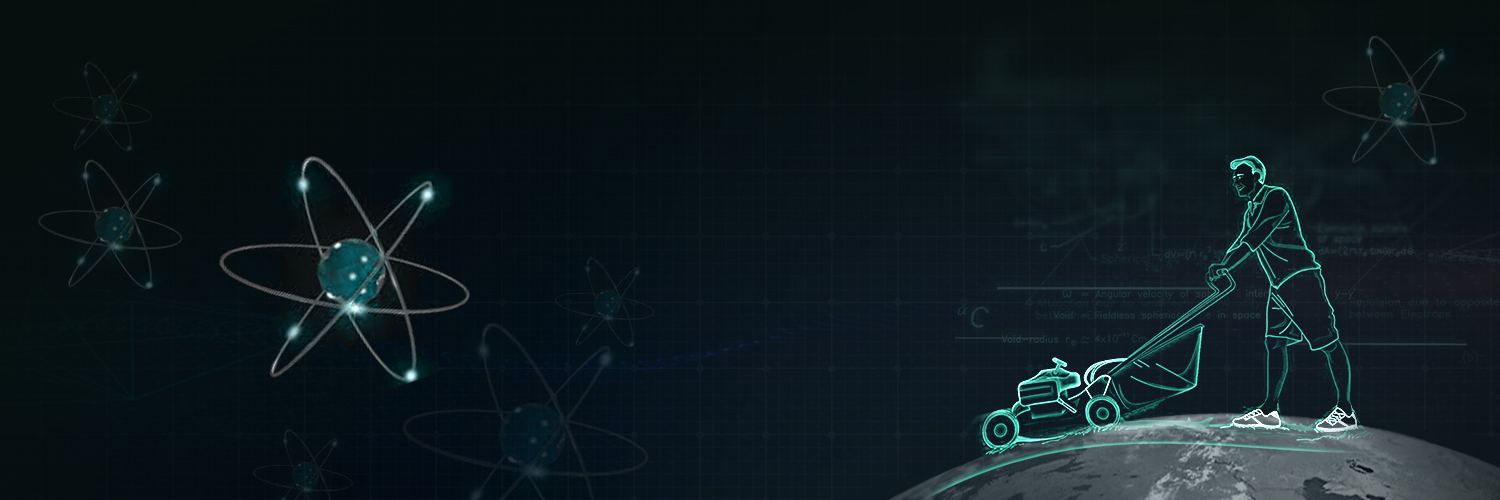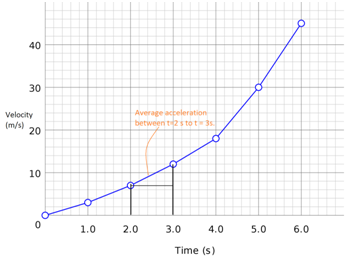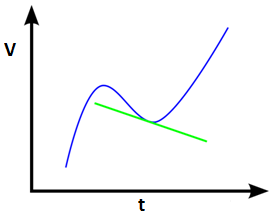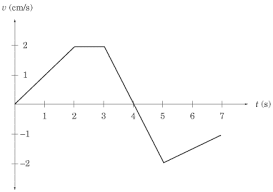
.
Whereandare the instantaneous velocities at timeandandis the average acceleration.

In a velocity-time curve, the instantaneous acceleration is given by the slope of the tangent on the curve at any instant.

Consider the velocity-time graph shown below:
